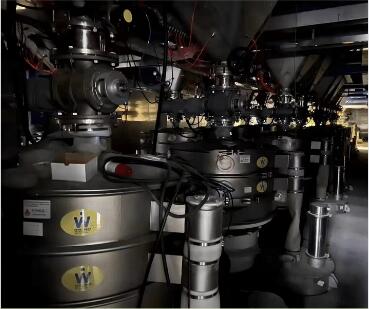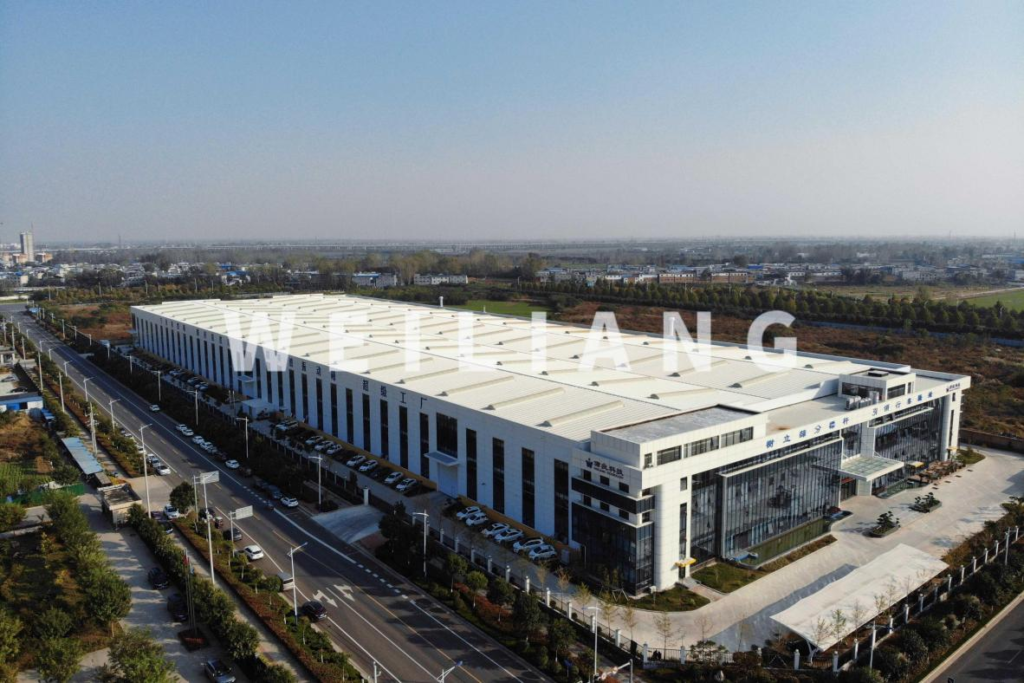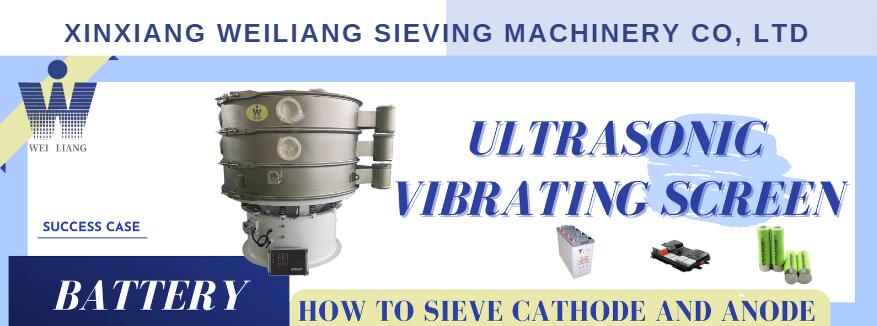
Cathode Material
Cathode materials are comprised of manganese, nickel and cobalt (also know as MnNiCo ternary lithium) in the crystal structure forming a multi-metal oxide material to which lithium is added. This family of batteries includes a variety of products that cater to different user needs for high energy density and/or high load capacity.The most commonly used materials in cathode are lithium cobalt oxide (LCO), lithium nickel manganese cobalt oxide (NMC), lithium nickel cobalt oxide doped with alumina (NCA), lithium manganese oxide (LMO), and lithium iron phosphate (LFP).

Take Lithium iron phosphate (LFP) as an example, it is an inorganic compound with a gray, red-grey, brown or black solid that is insoluble in water. The material has attracted attention as a component of lithium iron phosphate batteries, a type of Li-ion battery. This battery chemistry is targeted for use in power tools, electric vehicles, solar energy installations and more recently large grid-scale energy storage. The mesh size of sieving LFP is generally 0.038mm or 0.045mm through ultrasonic vibrating screen. Customers usually choose double layers with same mesh size as the guarantee of accuracy.
Another special case is that if the content of nickel in the cathode material is high (more viscous, easy to block mesh), it will be more difficult to screen. So a screen with a larger aperture (usually greater than 0.048mm) is used to improve the throughput.
Anode Material
Anodes can come from several different materials, including zinc, lithium, graphite, or platinum. A good anode should be an efficient reducing agent, have good conductivity, stability, and a high coulombic output. The vast majority of lithium-ion batteries use graphite powder as an anode material.
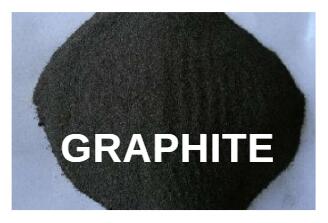
Take graphite as an example, it is a crystalline form of the element carbon with an iron-black to steel-gray color. It consists of stacked layers of graphene. Graphite hardness is 1-2, gravity is 1.9-2.3, density is 2.09-2.23g/cm3. Synthetic and natural graphite are consumed on large scale for uses in pencils, lubricants, and electrodes.It is well suited for cathodic protection anodes due to its chemical inertness, good electrical conductivity and affordable cost.
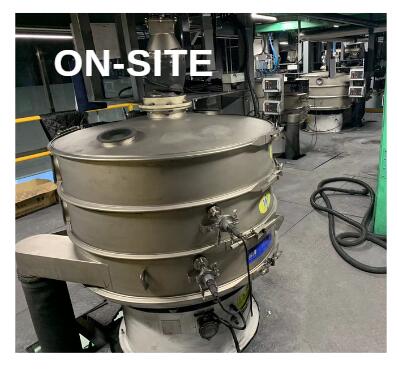
Sharing of graphite sieving experience, the recommended model is ultrasonic vibrating screen S49AC-1000 or S49AC-1200. The purpose of graphite screening is usually for classification and impurity removal to ensure the screening accuracy.
Challanging Encountered in Sieving Battery Material
1. Processing capacity
The material has poor fluidity and high viscosity, resulting in low output.
2.Screen service life
Due to the particularity of the material, the frequency of changing the screen is relatively high. Some customers even replace the screen in advance before it is damaged every 24 hours maximize the sieving accuracy.
3.Screening accuracy
Coarse materials exceeding the mesh aperture appear in the underscreen, increasing the probability of damage to the lower screen.
Conclusion
1.For cathode and anode materials in the battery industry, the recommended model is an ultrasonic vibrating screen with S49AC-1000mm or S49AC-1200mm model.
2.Mesh size of cathode(lithium iron phosphate, ternary lithium) is usually from 100#-400#, while the anode(graphite) is more fine. In addition, the screening rate of the anode is generally greater than cathode.
3.We have a special recommendation for combination of screen mesh as the guarantee of accuracy.
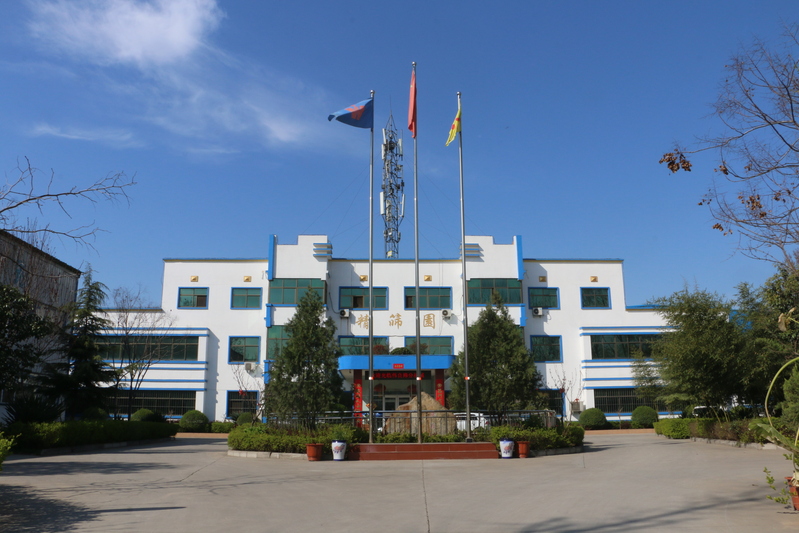
Our Story
One of our customers in the battery industry, Manufacturer of lithium-ion battery materials. The company offers anode material, including natural graphite, artificial graphite, mesophase carbon microspheres and power battery materials and cathode materials. Their major customers include Samsung, LG, Panasonic, BYD, CATL, Lishen Battery, etc.
The sales of anode materials in 2019 were 2.93 billion yuan. Their anode material shipments is ranked first in the world for 7 consecutive years.
Weiliang has cooperated with them since 2018 to solve their screening problems, they added an additional 131 ultrasonic vibrating screens in 2021.
Cathode and anode sieving present great challenges due to their characteristics. WEILIANG has overcome the difficulties and won a good reputation with its superb quality and rich experience in the screening of battery materials.
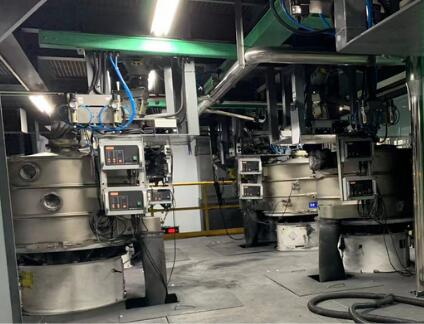
Material: Graphite
- Screening Purpose: Impurity Removal
- Screening Mesh: 100-350 mesh
- Processing Capacity: 200kg/h—300kg/h
- Screening Machinery: WEILIANG S49AC-1200
How We Work
1. Work with ultrasonic system to improve screening efficiency and quality. The screening pass rate of ultrasonic vibrating screens is usually 50%–100%, or even 400% sometimes than without ultrasonic devices. In addition, the machine can be customized based on the unique material characteristics to satisfy customer needs.
2. First of all, multiple quality inspections ensure the quality of the screen during the production process and before leaving the warehouse. Secondly, high performance ultrasonic energized units with different structures are special for different materials to improve classification efficiency and prolong the screen service life. And more importantly, quick-release clamp ring for fast replacement of screen, only takes 3-5 minutes.
3. A special combination of screen mesh can be used, as an insurance to improve the accuracy. Weiliang is committed to providing high-precision ultrasonic vibrating screens as a leading position in the sieving industry.
Customer Case
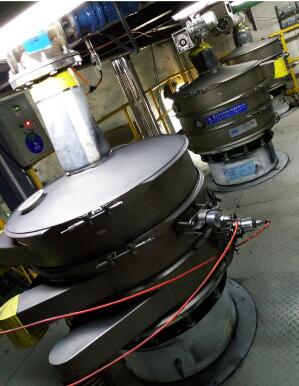
Material: Graphite
- Screening Purpose: Impurity Removal
- Screening Mesh: 100-350 mesh
- Processing Capacity: 200kg/h—800kg/h
- Screening Machinery: S49AC-1200
Weiliang S49AC ultrasonic vibrating screen is efficient in sieving super fine powder with light density, low humidity, easy adhesion or high static. Perfectly solve customer graphite screening problems through high-quality ultrasonic screening machinery. And the customer purchased more units in the third year, and we received a good feedback.
